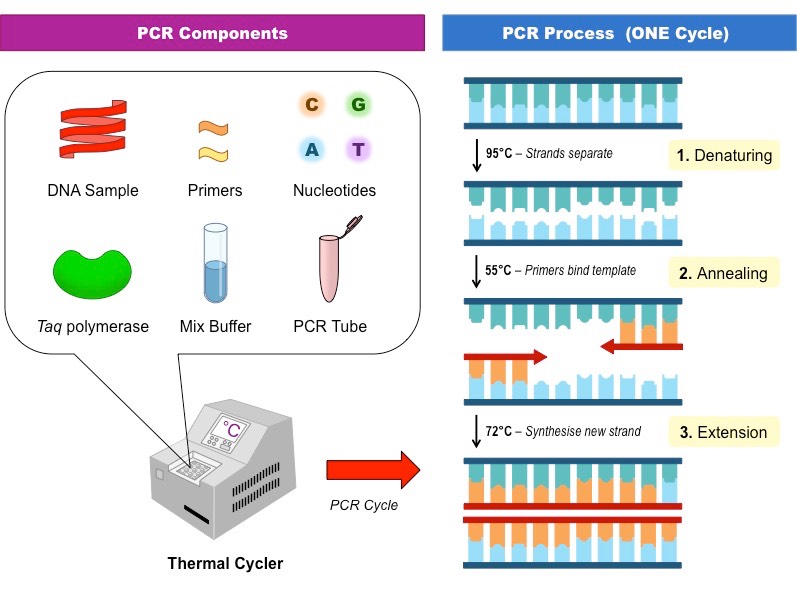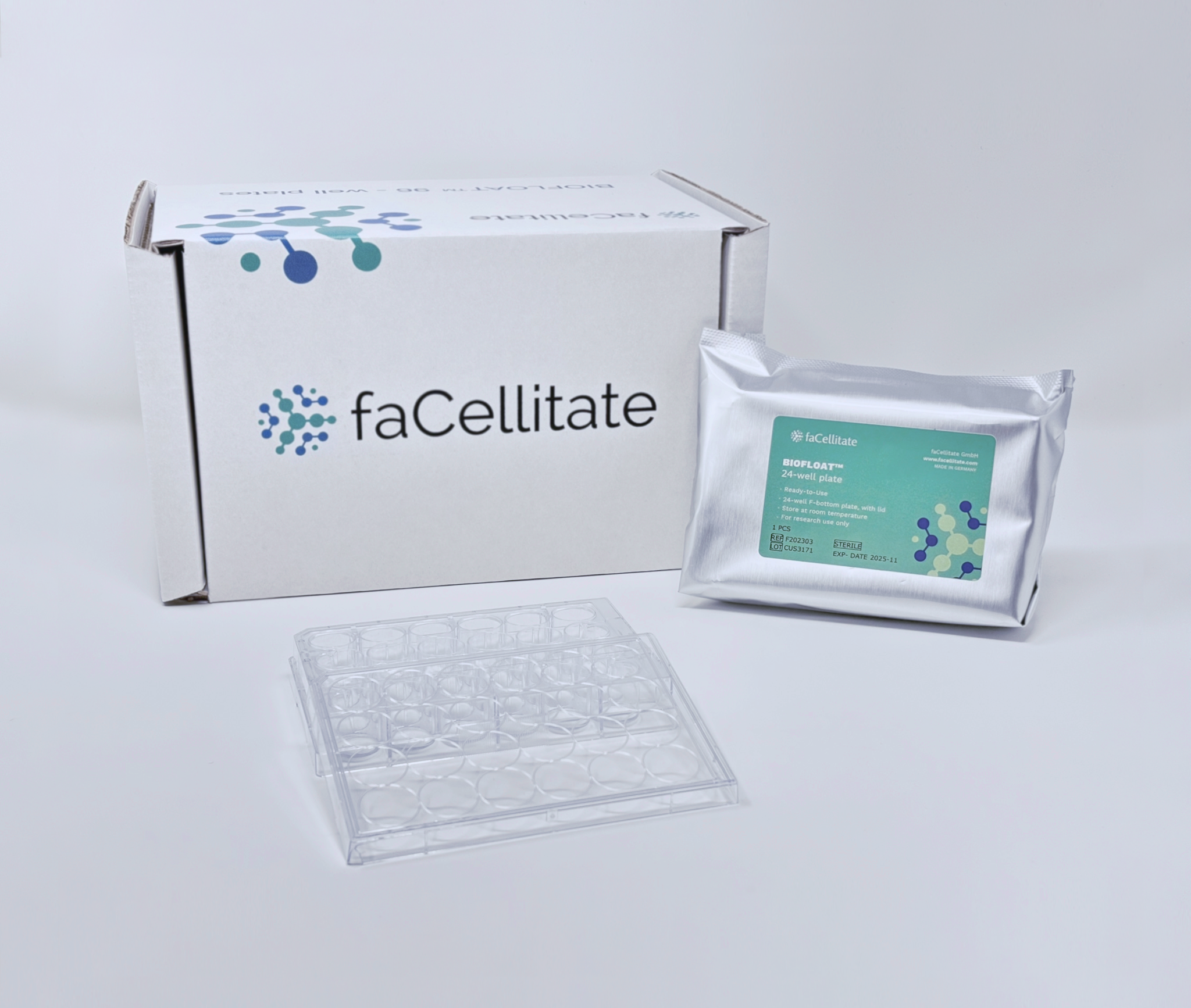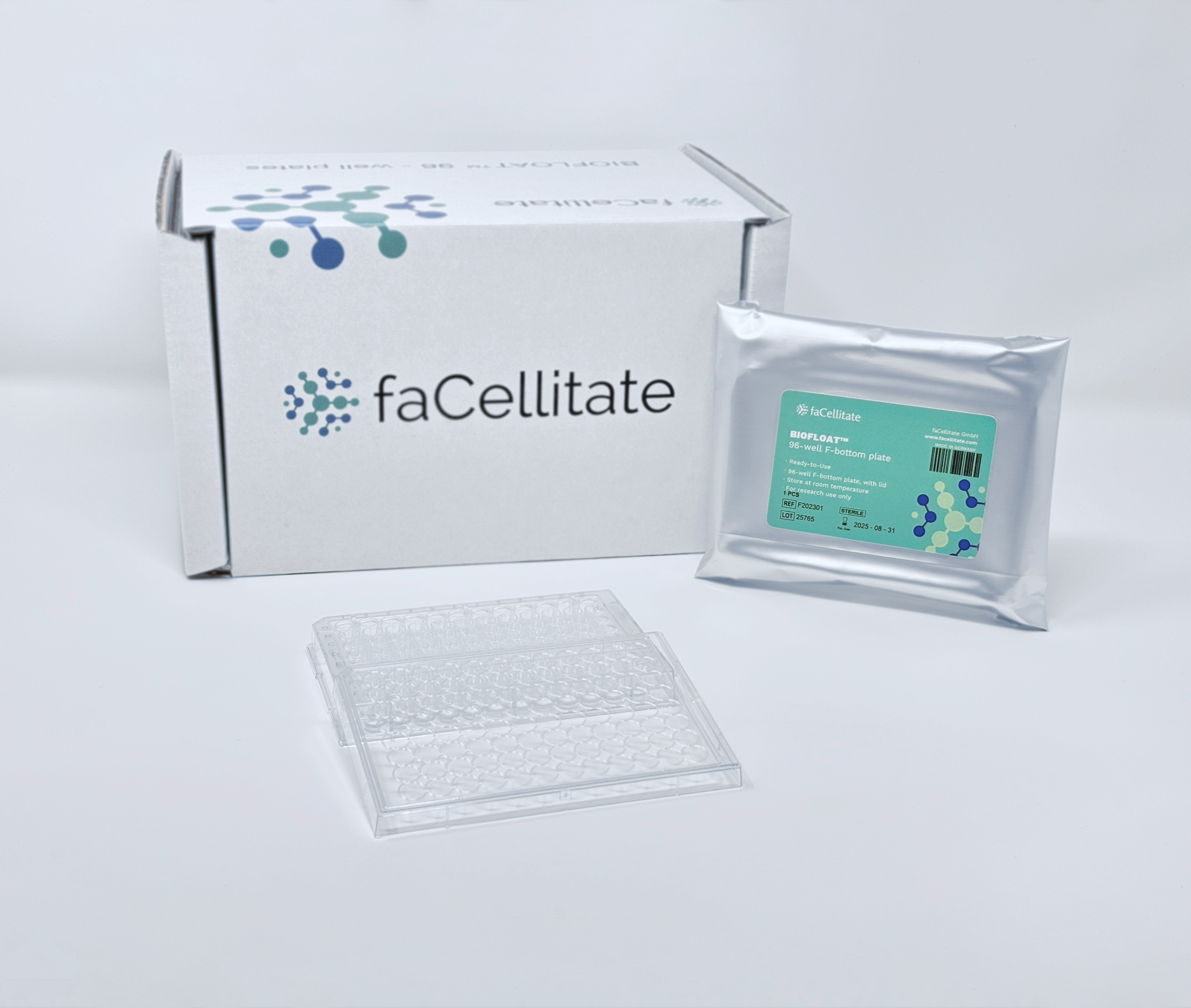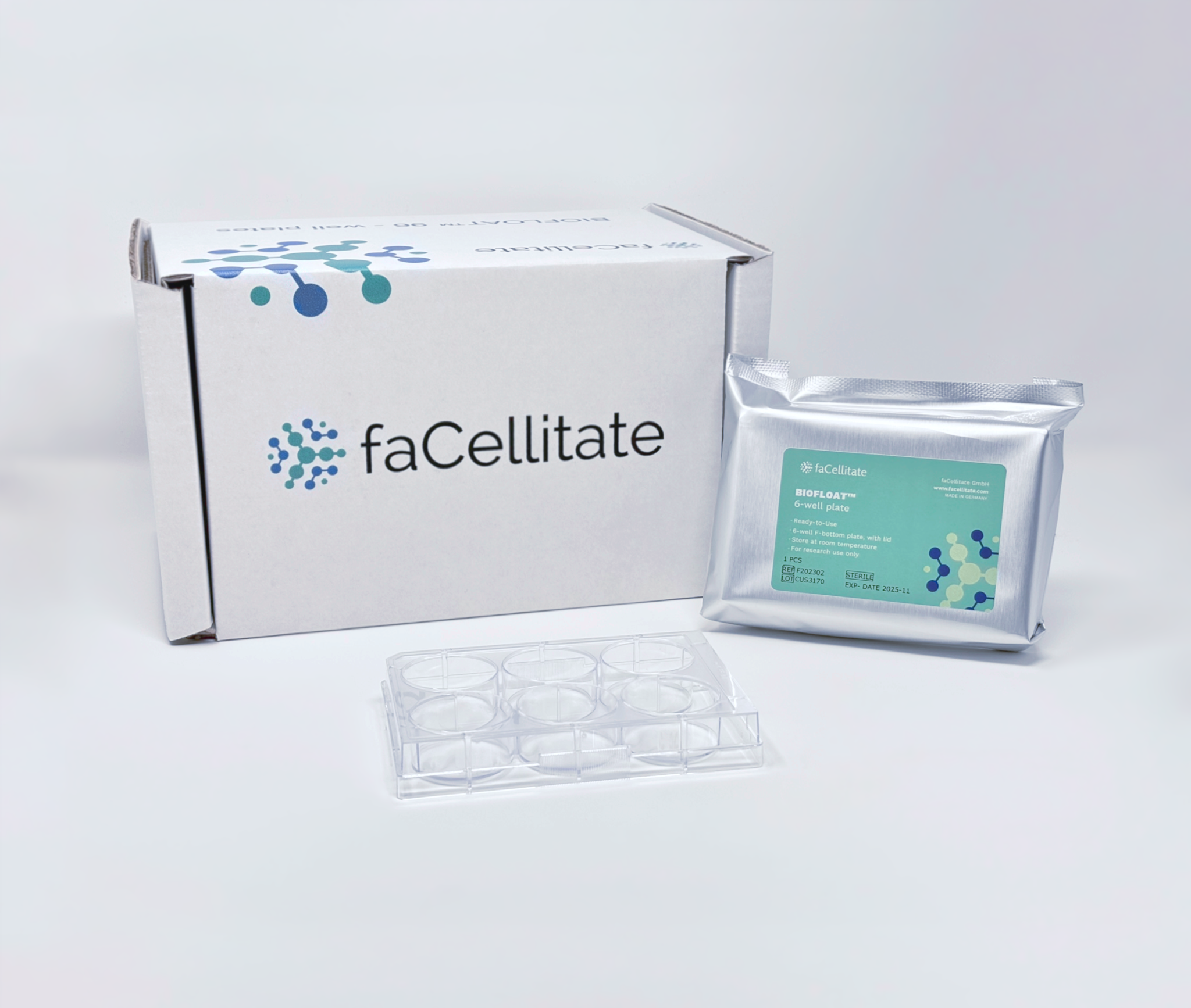
Advantages and disadvantages of PCR technology
The polymerase chain reaction (PCR) is a quick, simple, and the most accurate molecular test to create unlimited copies of DNA from just one original strand. PCR technology has revolutionized genetic testing and has become an essential tool for anyone who works with DNA.
This article is an overview of the advantages and disadvantages of PCR (1,2,3,4).
Advantages of PCR technology
1. Highly specific: PCR can distinguish DNA sequences by just one nucleotide, making it a very accurate technique.
2. Sensitive: PCR is a very useful technique when the amount of DNA sample is limited because it allows the detection of even a single copy of a specific DNA template.
3. Versatile: The PCR technique can be used for various applications like genetic testing, criminal investigations, and paternity tests.
4. Rapid and efficient: PCR can efficiently and rapidly amplify a small amount of DNA sample to million copies in just a few hours.
Disadvantages of PCR technology
1. Contamination: The PCR technique is very susceptible to contamination from other sources of DNA or RNA or the environment. This can mislead data interpretation.
2. Cost and complexity: PCR can be expensive and requires expert knowledge for high-throughput projects.
3. Lack of novel information: Since PCR can only amplify and target specific DNA sequences targeted by the primers, PCR provides limited information and cannot detect novel DNA sequences.
4. Inhibition from sample content: The whole PCR cycle can be disrupted by inhibitors that co-purify with DNA, such as heme from blood samples, reducing the sensitivity of the process.
5. Errors in amplification: Base substitutions, indels, and other alterations in DNA sequences can lead to inaccurate amplification and hence, false results.
Overall, PCR significantly impacts many research areas but careful quality measures should be performed while designing and interpreting PCR experiments.
References
1. Garibyan L, Avashia N. Polymerase chain reaction. J Invest Dermatol. 2013 Mar;133(3):1-4. doi: 10.1038/jid.2013.1. PMID: 23399825; PMCID: PMC4102308.
2. Erlich HA, Gibbs R, Kazazian HH., Jr. Polymerase chain reaction In: Current Communications in Molecular Biology. New York: Cold Spring Harbor Laboratory Press; 1989. p. 6.
3. Rodu B. The polymerase chain reaction: the revolution within. Am J Med Sci. 1990 Mar;299(3):210-6. doi: 10.1097/00000441-199003000-00010. PMID: 1969230.
4. Liu HY, Hopping GC, Vaidyanathan U, Ronquillo YC, Hoopes PC, Moshirfar M. Polymerase Chain Reaction and Its Application in the Diagnosis of Infectious Keratitis. Med Hypothesis Discov Innov Ophthalmol. 2019 Fall;8(3):152-155. PMID: 31598517; PMCID: PMC6778471.






